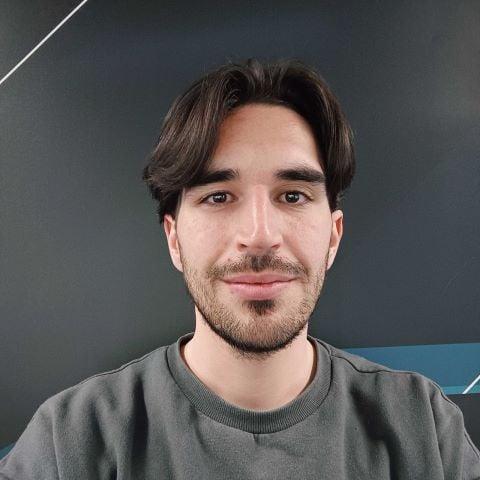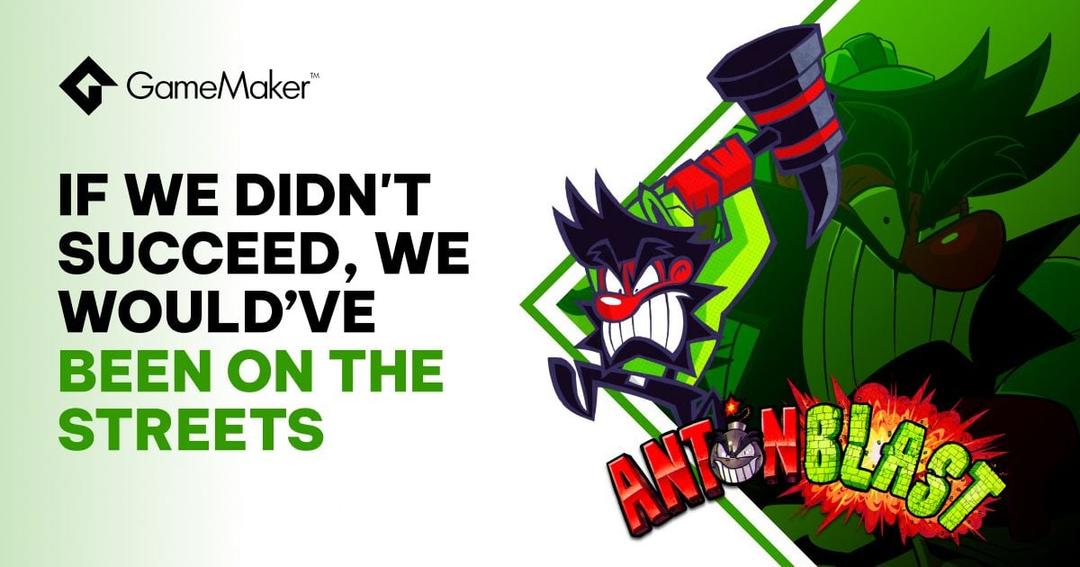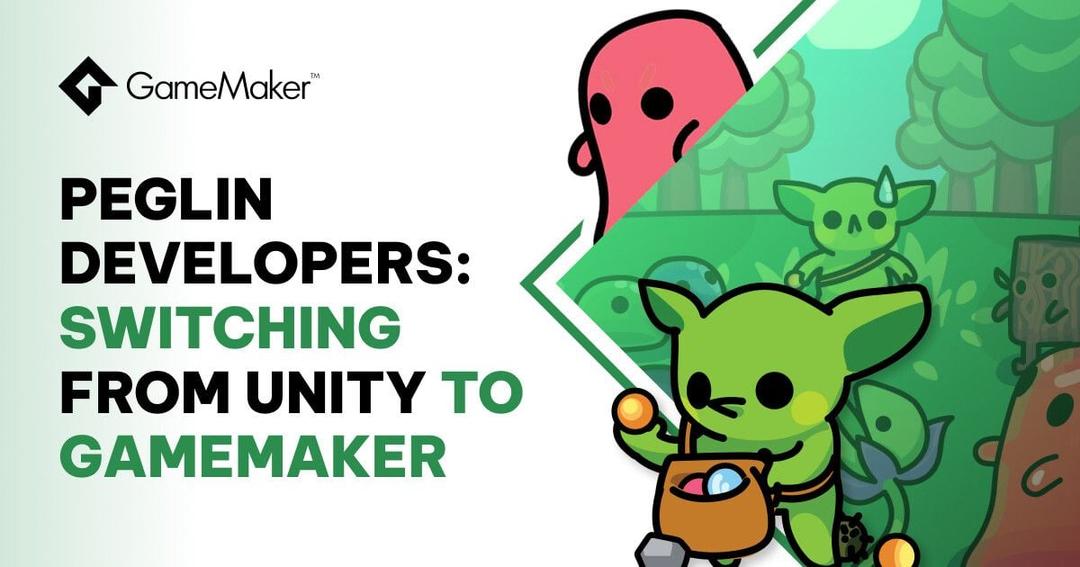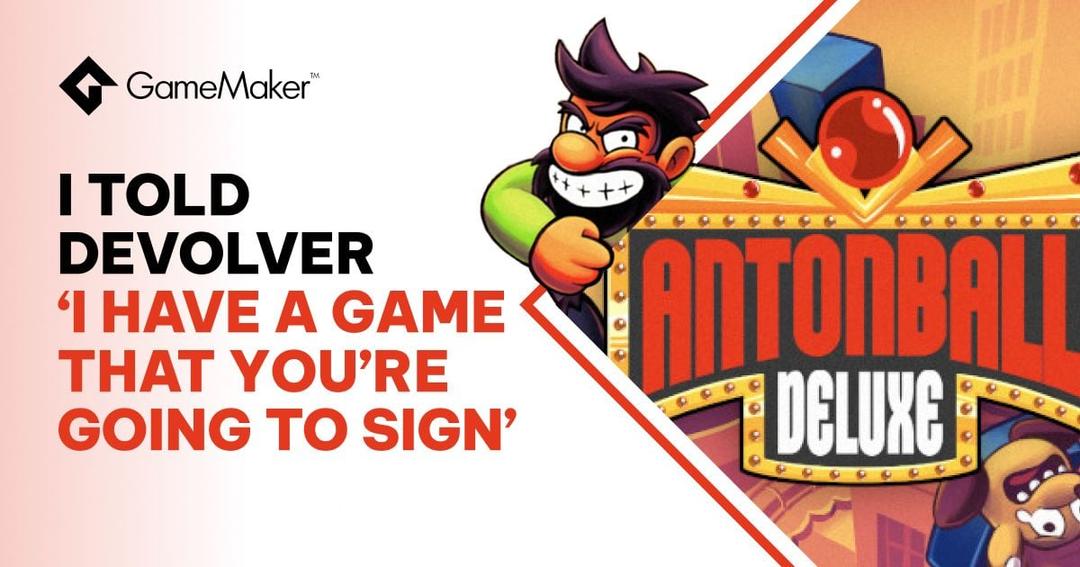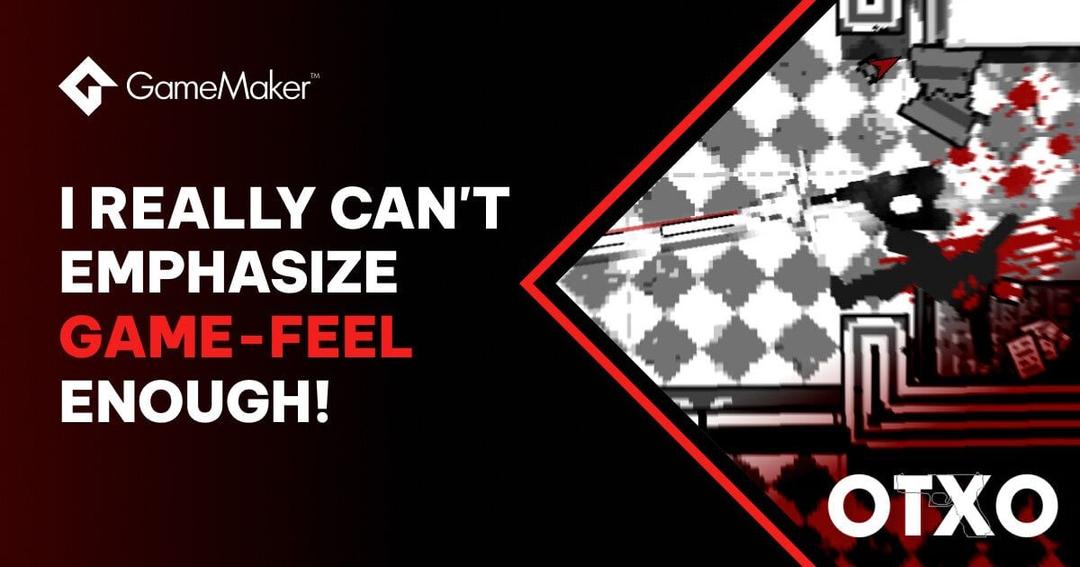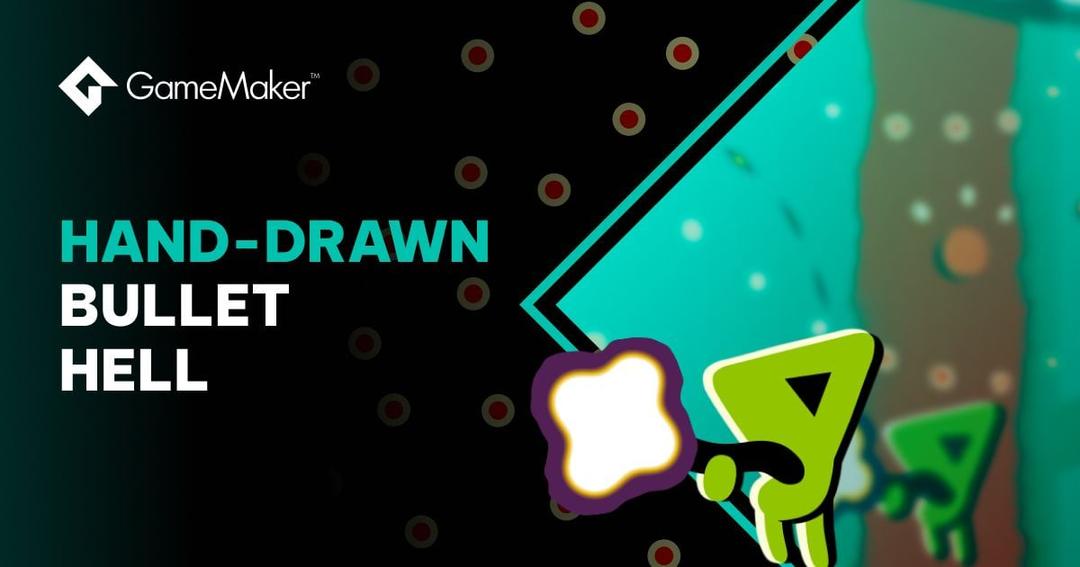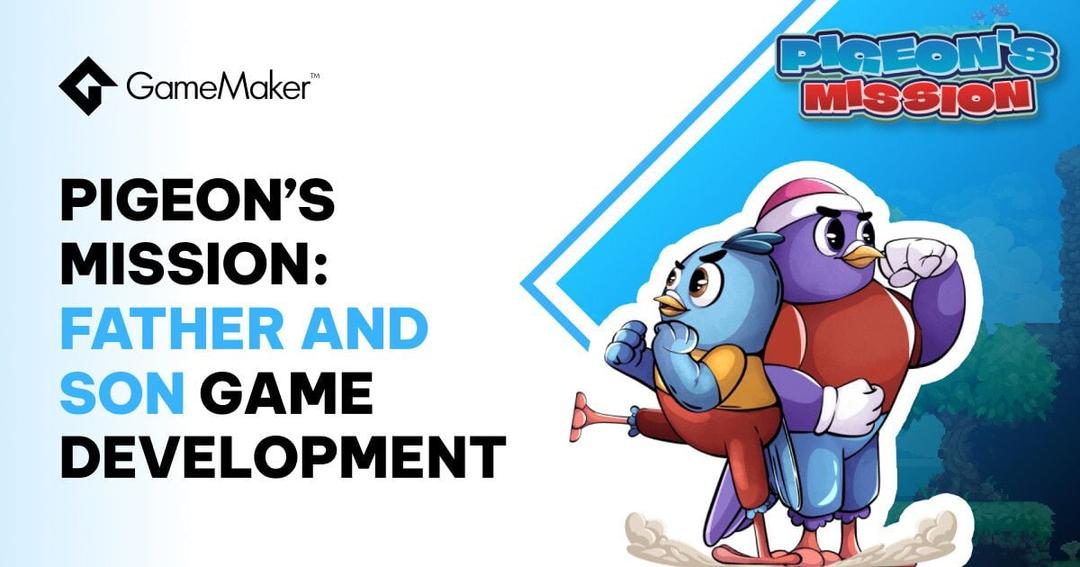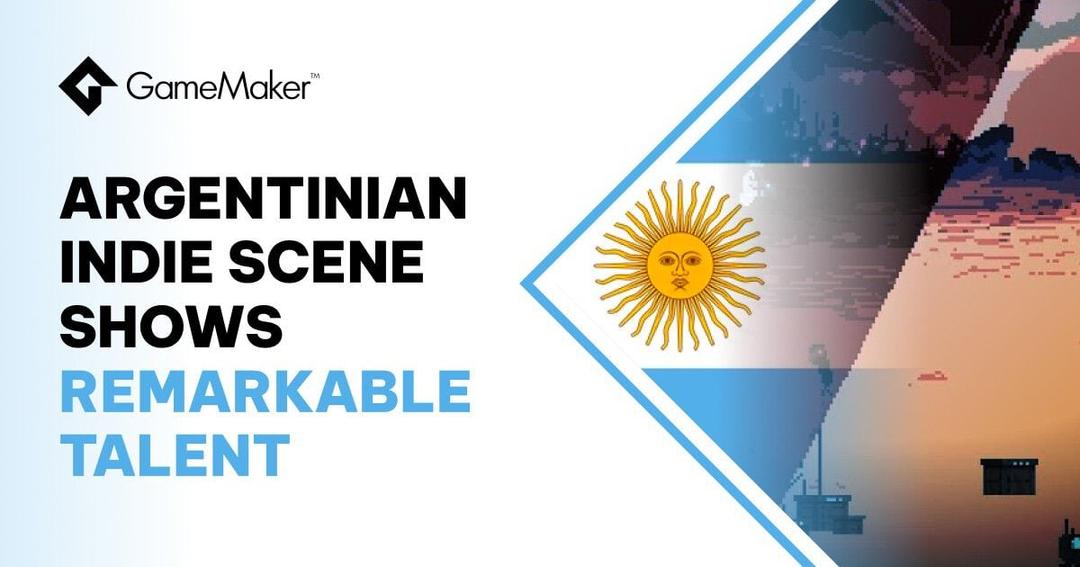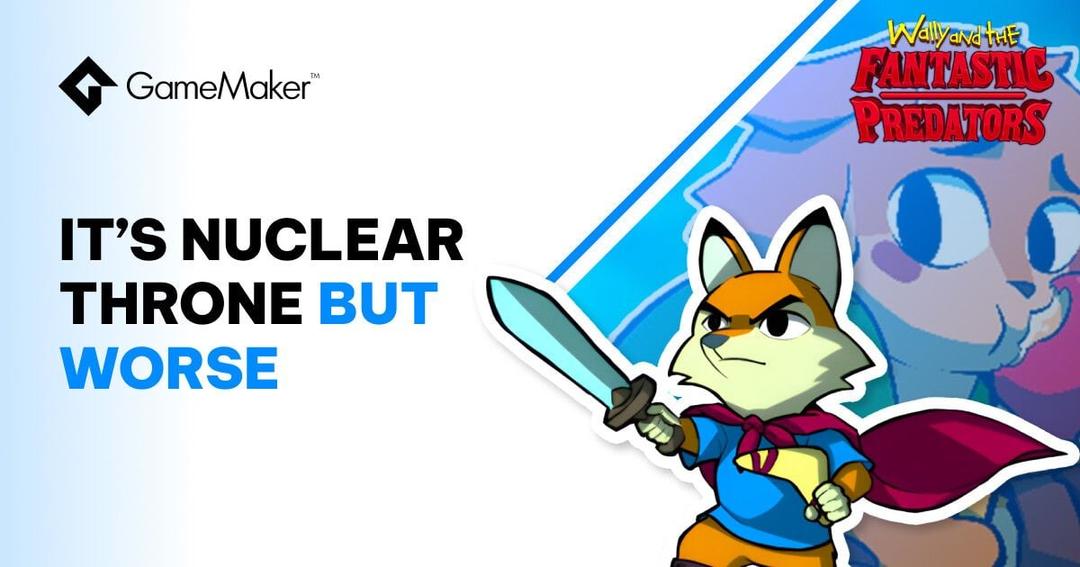CSD: Sequels II: Return Of The Franchise
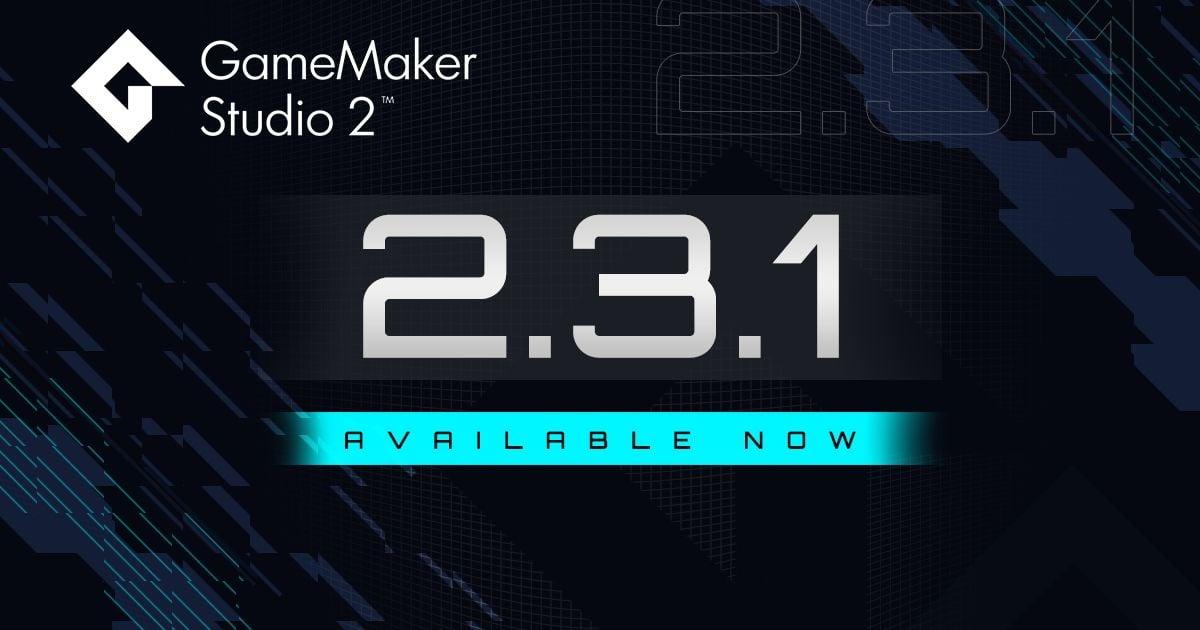
David Galindo, creator and developer of the game series Cook, Serve, Delicious!, returns to our blog to tackle sequels and creating a multi-game franchise while being an indie developer.
Why are indie devs so afraid of doing sequels?
It’s a question that comes into my mind every time a major DLC pack is announced adding hours of new content, or developers going for another genre or completely new experience from the game that showed a good amount of success. I think I can narrow it down to:
- The thought of working on something similar to what you were working on years before sounds completely unappealing, and being ready to move on to something new.
- The original game still selling well and having a long tail and being afraid of any major disruptions to that should a sequel be not well-received.
- Perhaps even having little to no idea of what a sequel would be, and how it would improve upon the original.
These are all valid points, sure. For me, sequels are a great way to establish a franchise, to build something for the long term. While making a sequel will certainly be different for everyone, I’m going to talk about my experiences with two of them- “Cook, Serve, Delicious! 2!!” and “Cook, Serve, Delicious! 3?!”
.jpg)
THE ORIGINAL COOK, SERVE, DELICIOUS!
Cook, Serve, Delicious! was a simple game where you would buy foods and upgrades for your restaurant, plan out what would be served on that day, and then play about an eight-minute run where you serve customers food by typing out ingredients via the keyboard according to the recipe, all while also keeping up with the chores of the restaurant and dealing with special events like robberies and health inspections. As you kept playing, your restaurant would get upgraded from zero stars to the five stars at the end.
CSD 1 came out in 2013, around the time the last few batches of Steam Greenlight games were being approved for release. It was the last year of being able to have a breakout indie hit thanks in part to more limited curation of games on Steam- though it did help that my game was already selling well outside of Steam thanks to a Giant Bomb Quick Look video that helped the game find an audience. It was also the last few years of Humble Bundles being major news with each new bundle, and the industry as a whole was transitioning to allow for more devs to release games easily on Steam and other platforms including console.
It was because of this solid foundation of CSD 1 selling nearly a million copies across Steam and Humble Bundles that allowed for me to build a sequel- one that wouldn’t be burdened by the limited budget and time I had before. What I didn’t realize is how much of an issue that would turn out to be.
.jpg)
COOK, SERVE, DELICIOUS! 2!!
There was a lot of constraints to CSD 1: I didn’t get to put many foods in the game, I didn’t have the budget to give the player a lot of variety. With CSD 2 I had triple the budget to do whatever I wanted. I knew what the players wanted out of a sequel.
And that is one of the key issues that I had no idea I was running into: I thought I knew what they wanted. CSD 2 was not built around the idea of what I wanted to make or design- it was what I thought people wanted.
One of the biggest issues developers can have with making a sequel is not understanding why the first game found the success it did, or why it didn’t. One of the danger signs that I should have paid attention to was that I couldn’t explain why CSD 1 was so popular, or why it was getting so many good reviews. All I could think of when I saw those good reviews was, well if you think that was good, I can easily triple the content in the sequel and make it that much better. This lead to a fundamental misunderstanding of my audience- I assumed they didn’t want just another retread of the same game, and wanted tons more content than the first game ever could deliver. And while that leads to several solid reviews (the game currently sits at an 89% rating on Steam), it did not meet my expectations of what a blockbuster sequel should be.
.jpg)
COOK, SERVE, DELICIOUS! 3?!
CSD 3 did not start as anything other than a business plan. I looked at all the content that I had created for CSD 2, realized that many players saw only half of the content if that, and knew I could create a third game with a majority of the base being from the second game.
The idea of working on a third game in the series was also depressing from a creative standpoint- I had taken the series as far as I could go. What else could I really do? So I was faced with two different kinds of problems- creative drought and a surplus of content from CSD 2 that was begging to be reused. From a business perspective CSD 3 was a must-do, as I could do it for cheap. But where to take it?
There are, I think, fundamental rules for a third game in a series that is not a AAA title:
- Your audience will mostly be people who enjoyed the second game and are not fatigued at the idea of a third game (this cuts down the audience from your second game quite a bit more than you’d think).
- It will be difficult to gain new players with the third game of a franchise unless you go the subtitle route and drop a numbered series altogether (which we initially did by calling it “Cook, Serve, Delicious! Foodtruck” but the name was too clunky and confusing as there was already a CSD 2, so that made it sound like DLC).
- Oddly enough, the existence of a third game will be news to a ton of people who didn’t even know there was a second game. I can’t tell you how many people at PAX told me at the CSD 3 booth that they didn’t know there was a CSD 2!
With all of this in mind, I estimated that the game would sell only half as much as the second, even if we blew away the player’s expectations. This gave me a bit of freedom to do basically whatever I wanted- if the series was going to end on CSD 3, and it was already going to be difficult to get new players on board, why not go nuts and try something completely new, yet familiar?
And so I threw out a ton of the dynamics from CSD 2, and for the first time in the series changed the way the game was played. Tons of gameplay features from 1 and 2 were cut. A new gameplay flow was created from the idea of a food truck setting. New features were added that dynamically changed the game. I was going all out, and it was a heck of a lot of fun. If the series was going to flame out on the third entry, it wouldn’t be for a lack of me trying to make something new.
It’s still too early to say how sales will shake out- so far we’ve been hitting all our estimates, and CSD 2 continues to perform above expectations on consoles, which gives us a good feeling about CSD 3’s launch (as it’s still in Early Access on Steam). What I can say is the initial feedback has been stellar- we have a 98% Overwhelmingly Positive rating on Steam as of now, higher than the previous two titles, something I would have thought impossible. I still can’t believe it.
.jpg)
HOW DO YOU COUNT TO THREE?
The first step is to create that sequel, but keep in mind:
- Don’t even think about a sequel until you release your first game- thinking of games and sequels down the road will compromise your current game. When I made CSD 1 there were some things I wish I could have added, but I had no plans of even considering a sequel. If I considered it, I think I would have held back some of the content in the game, to the point where it would be detrimental.
- I don’t think you have to have a successful game to make a sequel, and this is something a lot of people tend to forget. The nature of a sequel tells players that the first game was successful enough to have a follow up (even if it wasn’t), and that could even increase sales of your first title. Of course, making a sequel to a low selling game is risky in itself since you’re building on a much smaller foundation. If your game was well-received critically but low on sales, it’s a great candidate for a sequel.
- Should you make a numbered sequel or a subtitled sequel with no number? I think if your game is similar enough to the first to where you can’t visually tell it apart at a glance, a subtitle may temper expectations for players. At the same time, having a numbered entry is an easier sell to people. I don’t feel that CSD 3 was a traditional sequel in any sense- it had so many new elements that it feels like a game all on its own, but even so, the visual nature of CSD 2 and CSD 3 are very close to where some might not be able to tell a difference at a glance of a screenshot. I mainly stuck to CSD 3 as a name since it was just an easier thing to advertise.
- Never end your first game on any kind of cliffhanger as a way to spur a sequel. I want sequels to games with stories that have wrapped up in a clean, satisfying way, mainly because I just want to see those characters in a new story and setting (one good example being Battle Chef Brigade). Players will see right through any attempt at a “to be continued” type of story ending.
So, did you release that sequel? Good for you! Now should we go for a trilogy?
- You are always going to be climbing uphill with a third game. AAA titles don’t tend to fall in this trap since they can spend an enormous amount on marketing to help sell the game to new players. You don’t have that luxury, and if you can keep your sales expectations low it can help shape what the sequel can be (aka try to cut down your budget for a third game as much as possible).
- Keep in mind a majority of your players are coming from 2 to 3. How does that change your gameplay mechanics? Do you want to shake it up and give them something new, or continue with your tried and true gameplay? Try to focus less on bringing in new players and more on keeping things fresh for fans from the first and second. If your game is good enough for them, it will bring new players in on its own (as we are with our high Steam review rating for CSD 3).
- A good rule of thumb is that you will likely make less with each game, but at the same time, you should be spending less if you’re reusing assets and gameplay code from game to game.
- I think this is the time to end the series. You don’t necessarily have to end the franchise- you could create more “spinoffs” and titles that can build on top of series of games you’re making- but creatively you’ll be able to get a lot more out of the third game if you feel that this is the last entry in the series. It lets you take a tremendous amount of extra risks without worrying about content for another sequel. For me, I can’t even begin to imagine what CSD 4 would even be, nor do I have any desire to. But a game in the CSD universe? That might not be out of the question if I did something completely new and original.
.jpg)
Good Luck!
There are instances where I think a sequel might not be the best route. If your first game wasn’t well received it may be better to try and update that game with new features and content until you can get your review score back up. Building a great community is so important as discovery gets harder and harder with so much competition.
You should also be cautious with making a sequel to a game that is older than 3-4 years. Rogue Legacy 2 was an exciting announcement, but with all of the rogue-likes coming out since the original’s release, it will take a tremendous amount of work to reclaim the throne of one of the best roguelikes out there. Imagine if RL 2 came out much closer to the original release- there would be fewer expectations due to competition and would have been an easier sell.
Ultimately I think you will know best whether your game idea meets the merits of a full-fledged sequel, a subtitled sequel, or even some free DLC.
I will say, the feeling of working on a sequel and having the big numbered reveal for fans of the first game, is like no other feeling. It takes a lot to meet those expectations, but if you can do it, you’ll achieve a kind of game dev bliss that is almost unexplainable. It’s not easy, and sometimes not fun to be locked into a game style for years at a time…but if you can get through those hurdles, you’ll experience the joys of having a franchise, and what it can bring you, in the years to come.
